Porcelain Crowns
In Ventura
Are you worried about the loss of a tooth? We have the solution for you in conjunction with new technologies near you
Call Now (805)-465-9414 Book AppointmentMake A Quick Appointment

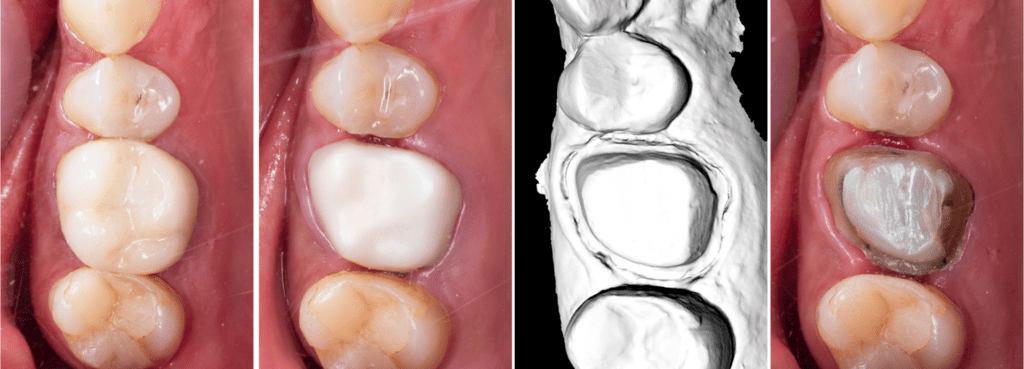
The evolution of dental ceramics used to restore and replace lost tooth tissue or teeth has been remarkable since the emergence of early porcelains decades ago. The current objective with dental ceramic restorations is to restore not just aesthetics but also naturalness, anatomy, function, and the mechanics of teeth. This includes various types such as those without metal, with metal, crowns, inlays, fixed bridges, and more—all covered under the umbrella term ‘fixed prosthesis.’
Determining the most suitable ceramic material for each patient is a task reserved for a Ventura dentist, with the dental technician responsible for crafting the prosthesis using the precise measurements provided by the dentist.
Revitalize your smile with durable porcelain crowns in Ventura. Our experienced Ventura dentist guarantees a restoration that is not only natural but also beautifully crafted.
Dental ceramics, at their core, are fashioned from metallic oxides that, either individually or in combination, undergo high-temperature sintering, resulting in a solid piece with minimal pores and formidable mechanical durability. The microstructure achieved post-sintering varies, encompassing compositions that can be entirely crystalline, glass-ceramic, or predominantly vitreous, contingent on the types and ratios of the metal oxides.
In contemporary classification, ceramics are delineated based on their microstructural composition and their reactivity to acid attacks:
Polycrystalline ceramics (zirconia): acid-resistant
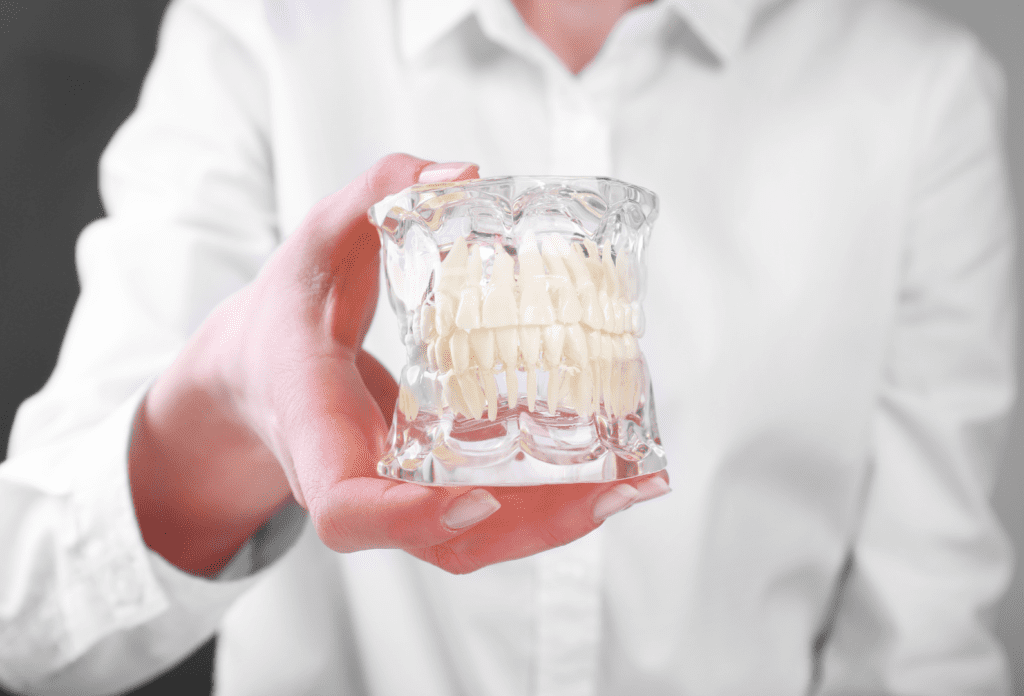
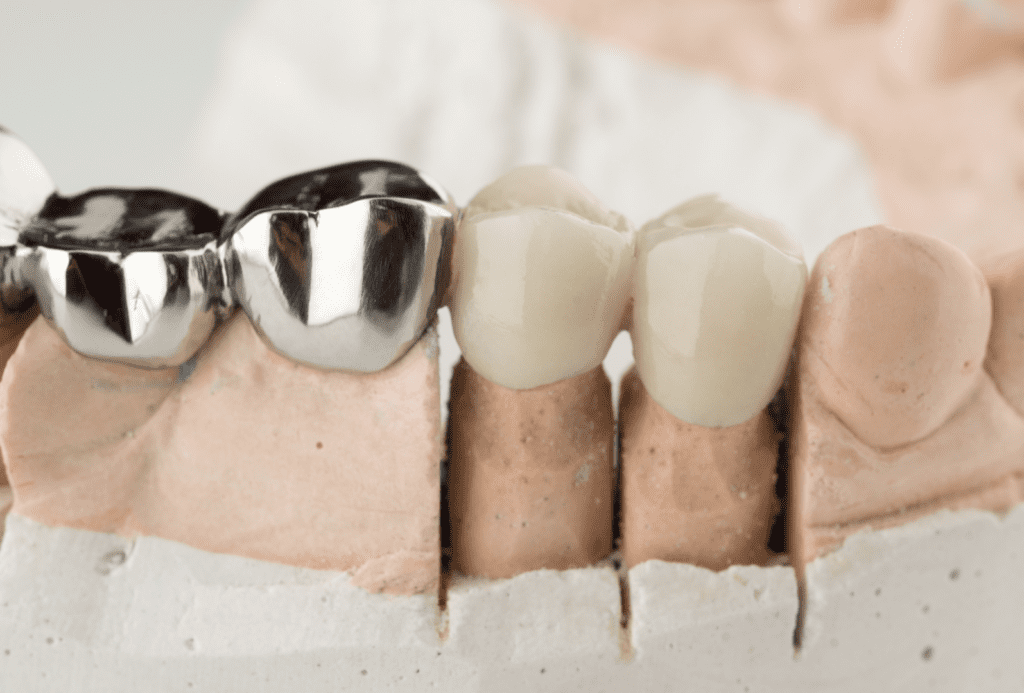
Ceramic-metal prostheses, crafted from a material that has shown considerable success in dental treatments, are encountering a shift with the regular emergence of technological advancements and superior materials that fulfill all expectations for patient restorations. As a result, ceramic-metallic restorations are gradually fading into obsolescence, making way for the latest innovation: total ceramics. The only drawback lies in the elevated cost, making it an ideal choice for oral restoration, albeit one not always accessible to every patient. Consequently, some patients opt for the insertion of metal into their mouths, despite its lesser aesthetic appeal and resistance.
Notably, metal-free ceramics showcase enhanced biocompatibility and diminished chemical reactivity, diverging from the potential harm associated with metal in the oral cavity. The last two decades have seen ceramics become the standard, overshadowing the use of porcelain-metal combinations. Patient awareness of the material’s advantages is crucial to justifying the higher cost.
Despite their artificial origin, these materials closely emulate natural teeth, positioning them as the optimal ceramics for oral applications.
It’s essential to recognize that ceramic materials inherently belong to the inorganic realm.
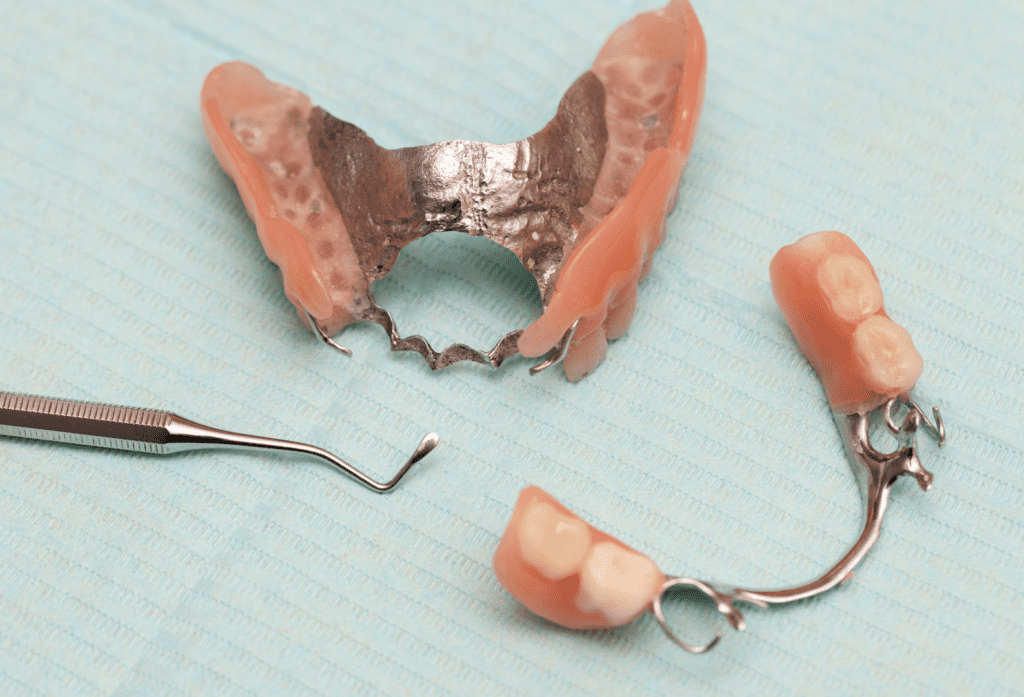
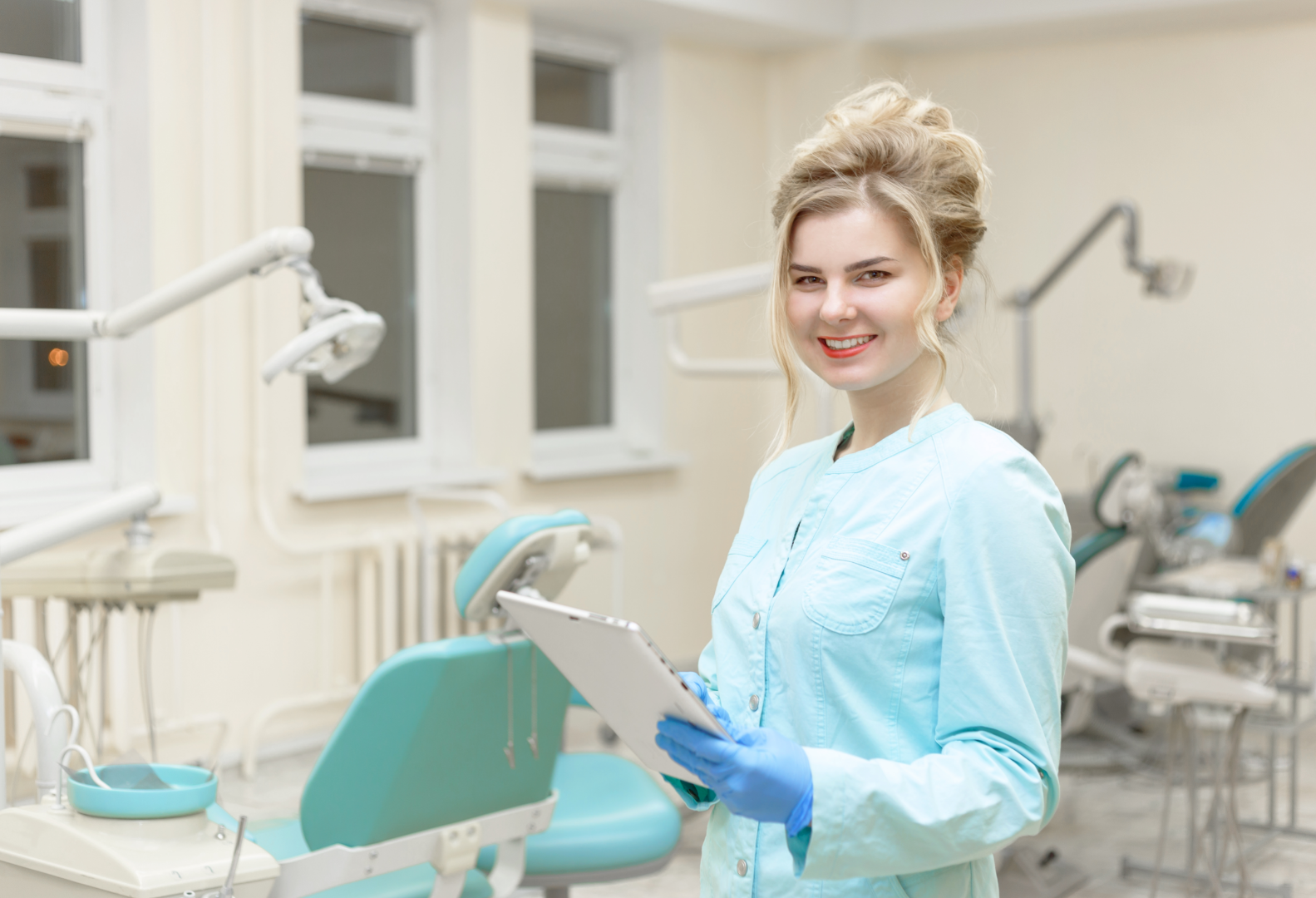
In clinical applications, metal-porcelain units play a role in crafting crowns and bridges, with porcelain manufacturers fine-tuning the ceramic’s coefficient of linear thermal expansion to align with that of metal. The incorporation of leucite aims to prevent substantial differences that might create stress concentration zones, leading to material fractures during cooling. Initially, the dental technician utilizes an oxidation treatment on the metal alloy infrastructure to establish a chemical bond between the two.
Inlays and metal-free porcelain onlays: Contrary to initial expectations, advancements in modern techniques and adhesives have ensured robust adhesion between porcelains and enamel, capable of withstanding chewing forces.
Pure porcelain facets or veneers: Clinical trials indicate survival rates of these restorations ranging from 82% to 96% over 10 to 21 years, provided they are prepared and cemented exclusively to enamel. Instances of increased peeling and fracture failures were observed when preparation and grinding exposed 50% or more dentin.

Containing glass, these ceramics bring translucency and a natural look to the prosthesis. Nonetheless, their delicacy and fragility mean they cannot be placed without metal support. A metal structure is crucial to provide the necessary support in the oral cavity.
This requirement has instigated modifications in ceramics to fortify their resistance, resulting in the evolution of total ceramics.

In 1965, McLean and Hughes explored metal-free ceramics and found success with aluminum oxide. They developed a durable ceramic, but it exhibited significant opacity, resulting in decreased translucency and a loss of natural aesthetics. To address this, patients had to treat more teeth to avoid an unnatural appearance. As a result, this material is exclusively employed for the framework, serving as the internal structure of the crown. An additional layer, crafted from a different translucent ceramic, is applied on top.

This represents the most cutting-edge and optimal form of ceramic available to date. These advanced ceramics are crafted from highly sintered zirconium oxide (95%), partially stabilized with yttrium oxide (5%). Chemically known as zirconia or ZrO2, this material’s main characteristic lies in its exceptional toughness, attributed to its entirely crystalline microstructure. Additionally, it possesses a reinforcing mechanism known as ‘resistant transformation.’
Discovered by Garvie & colleagues in 1975, this ceramic can withstand significant mechanical stress within the oral cavity, effectively enduring the forces exerted by chewing muscles.
Due to its outstanding mechanical and optical properties, it is suitable for extensive prosthetic restorations, bridges exceeding 3 units, crowns, prostheses on implants, implants, orthodontic brackets, endodontic posts, inlays, and onlays.
These materials exhibit fracture resistance, high precision in marginal adjustment, and remarkable aesthetics, contributing to a notable clinical survival rate.

As observed, no single ceramic material perfectly satisfies all requirements. Undoubtedly, nothing can replicate the unique features of natural tooth enamel. The ideal scenario would involve achieving tissue regeneration using biodegradable ceramics, which stay in the body only for the duration of their necessary function, gradually disappearing as tissues regenerate. Despite experimental success in creating dentin, its practical application in daily clinical use remains a distant goal.
Dental ceramics have undergone considerable evolution, experiencing significant changes in both mechanical and optical properties, with the aim of closely imitating a natural tooth in terms of color, texture, and resistance to wear and tear, including the forces exerted during chewing.
With notable advancements in dental adhesives, these porcelain crowns can now be applied to incisors and canines, particularly in creating aesthetic veneers, provided they are bonded to tooth enamel. However, their resistance diminishes when adhered to dentin.
Zirconias, given the characteristics mentioned, emerge as an exceptionally tough and highly resilient element. This quality enables their use in crafting extensive bridges in posterior regions, individual crowns, and structures for implants, including the implants themselves. However, their cementation presents notable challenges.
Dental ceramics have steadily overcome limitations, evolving into highly sought-after restorative elements for dentists, patients, and dental technicians alike.
Presently, there are various types of ceramics, each possessing distinct characteristics that empower dentists to restore teeth with remarkable naturalness. Dentists have a diverse range of ceramic materials at their disposal, each with unique compositions and properties. Familiarity with these options is crucial when selecting the specific ceramic that aligns with the individual needs of each patient.
